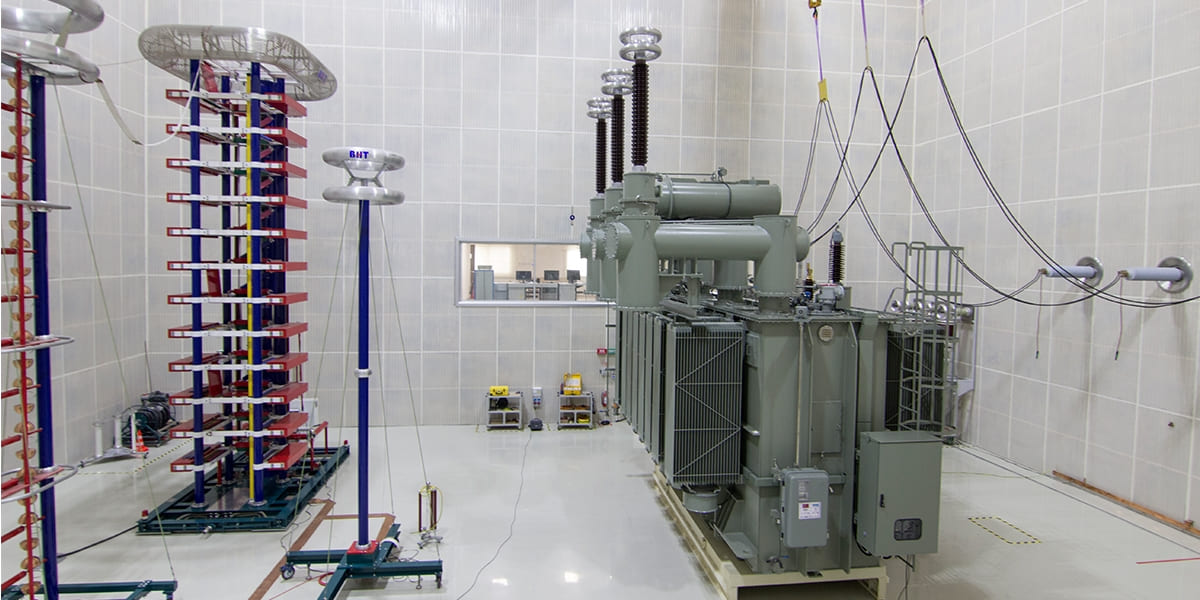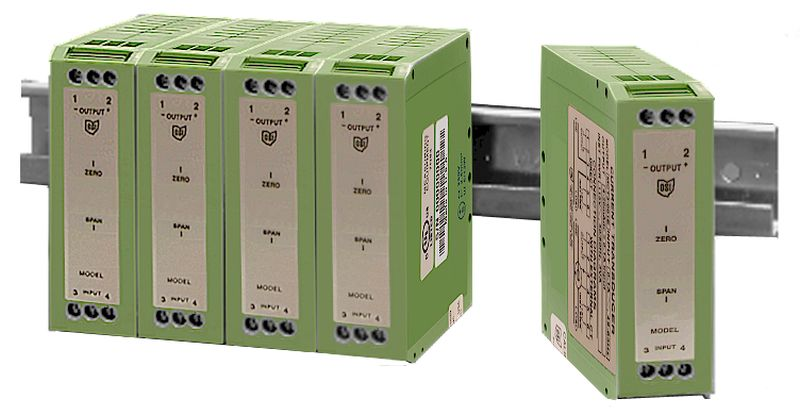What Is a Line Isolation Monitor (LIM)?
A Line Isolation Monitor (LIM) is an essential safety component of Isolated Power Systems (IPS), primarily used in critical medical environments such as operating rooms (ORs), intensive care units (ICUs), catheter labs, and neonatal units. These areas demand continuous and uninterrupted power supply, where even a minor electrical fault could lead to hazardous outcomes for patients.

LIMs are designed to continuously monitor the impedance between isolated AC conductors and ground, determining the Total Hazard Current (THC) present in the system. The LIM triggers an audible and visual alarm when THC exceeds a pre-defined threshold—usually 2 mA or 5 mA—indicating a degradation of the insulation in the isolated power system. This early warning mechanism helps prevent electric shocks or equipment failure, without immediately disconnecting power.
Unlike conventional grounded systems, Isolated Power Systems (IT systems) allow one line-to-ground fault without interrupting power, a crucial feature in life-sustaining applications.
How does Isolation Monitoring work?
LIM works by injecting a weak, non-intrusive test signal into the secondary side of the isolation transformer (IT system). This signal propagates through the circuit, including the distribution board, medical equipment, and wiring.

LIM calculates THC by:
- Measuring the sum of the two lines’ leakage impedance to ground;
- Analyzing any unbalanced leakage paths;
- Continuously updating the THC value in real time.
If the measured THC is within the safe range, the green LED turns on, indicating normal operation. Once the THC exceeds the alarm threshold, LIM will sound an alarm. This alarm system alerts medical staff and maintenance personnel to take action before a second fault occurs, thereby preventing downtime and ensuring the continuation of safe patient care.
What Are the Requirements for a Line Isolation Monitor?
LIMs used in healthcare must comply with international safety standards and codes. The main requirements include:
Applicable Standards
- IEC 61557-8 – General insulation monitoring device specification.
- IEC 60364-7-710 – Electrical installations in medical locations.
Key Functional Requirements
Detect both symmetrical and asymmetrical insulation faults.
Alarm within 5 seconds of exceeding the THC threshold.
Provide visual and audible alarms.
Support self-test and periodic verification.
Include remote alarm display panels and communication interfaces (optional).
Withstand the electromagnetic environment of ORs and ICUs.
Advanced LIMs also integrate MODBUS/RS485 communication, test/reset buttons, event logging, and software configurability.
How Does a LIM Prevent Electric Shock in Operating Rooms?
In critical care zones, medical devices like ventilators, infusion pumps, and monitors are connected directly to the power supply. In these zones, the use of isolated power systems (IPS) ensures that a single fault—such as insulation breakdown in one conductor—does not result in current flow through the patient, avoiding hazardous leakage.
The LIM:
- Acts as a non-intrusive watchdog,
- Detects the first fault condition and reports it immediately,
- Does not interrupt power upon detection,
- Enables timely intervention to repair the fault before a second one causes a shutdown or short circuit.
- This behavior is especially important in surgical procedures, where sudden loss of power could compromise patient outcomes.
LIM vs. IMD: What’s the Difference?
| Feature | Line Isolation Monitor (LIM) | Insulation Monitoring Device (IMD) |
| Application | Medical isolated power systems (OR, ICU) | General industrial IT (ungrounded) systems |
| Alarm Trigger | Based on Total Hazard Current (THC) | Based on insulation resistance (Riso) |
| Alarm Action | Visual/audio only, no tripping | May trip system via relay or PLC logic |
| Standards | NFPA 99, IEC 60364-7-710, UL 1022 | IEC 61557-8 |
| Fault Location Support | Often integrated with branch locator modules | Optional or separate |
| System Type | Isolated AC (medical) | DC, AC, or mixed IT systems |
| Communication | Optional RS485/Modbus | Optional CAN, Ethernet, Modbus |
In short, LIM is a type of IMD, but not all IMDs are LIMs. LIMs are specialized, patient-safe devices designed for real-time monitoring in medical environments with specific clinical and regulatory requirements.
Conclusion
A Line Isolation Monitor (LIM) is a mission-critical device in medical isolated power systems. It allows healthcare facilities to maintain electrical safety, minimize the risk of electric shock, and avoid costly interruptions during surgeries or intensive treatments.
By providing non-invasive, real-time insulation monitoring and ensuring continuous power availability, LIMs form the backbone of electrical protection strategies in hospitals. When integrated with insulation fault locators, remote indicators, and UPS systems, they form a comprehensive solution for resilient medical power systems.






